dogwood leaves drooping for 3 weeks, please help
alex
5 years ago
last modified: 5 years ago
Featured Answer
Sort by:Oldest
Comments (30)
Related Discussions
HELP! Leaves Drooping (Madagascar Dragon Tree) Dracaena marginata
Comments (10)You should be able to put it relatively close to the east window, if not directly in front of it. It is a pretty adaptable plant and I've found that as long as it's close to a window it should be ok. The light through the glass is just fine. No sense in wasting electricity by having the A/C running while a window's open! This plant will indeed recover. It will take some time, and what is brown now won't be green again. But it will eventually be ok given enough light. As Toni said, fertilize it once a month, especially if you plant to give it strong light. And do keep an eye out especially for spider mites in that dry heat! Though they can also get nasty mealy infestations. I personally disagree with the misting suggestion since theres no benefit to be had. It will cool the plant for only a few minutes in that high heat, and the water that does evaporate will not stay by the plant to humidify it. If you plan to spray it once every 10 minutes, THEN you might see a benefit, otherwise its a wasted time. However, it won't hurt anything to spray once or twice a day, so if it makes you feel better, spray away!...See MoreLeaves are drooping and yellowing. Need some help!
Comments (5)One way to reverse the over dry, water resistant soil (HYDROPHOBIC) is to fill another, slightly larger container with water and put the plant container in there to soak for an hour or so. Eventually the soil should rehydrate. If you repot, be careful. I would not break up the root ball at all since the plant is already stressed. Just prepare a larger container with new soil and drop the plant in with the old soil and root ball intact. Then pack the new soil down around it. Also, keep the plant in shade for the next 4 or 5 days. It isn't in any shape to deal with direct sunlight right now. Indirect sun is great though....See MoreRubber Plant leaves weak and drooping - help!
Comments (9)I've just taken the plant out of the pot and the soil looks very dry, I've read that you can soak it in water to help it regain the moist that it needs. It was in a plastic pot for two years, then changed to a terracotta pot (which was wet) for a year. I cleared the root ball as much as I could and then used new potting soil to pot it....See MoreHelp! Lemon seedling leaves drooping
Comments (19)Thank you all for your clarifications! I'm still worried about putting the seedlings in full sunlight, because I think many of the leaves were sunburned/dehydrated when I kept them outdoors. I don't have them in complete shade—my window blinds are a thin fabric, so I guess I would describe it as filtered light, as Kvetch said. I'm also curious about Silica said about keeping them outside to let the wind build trunk strength. I feel like the seedlings are still too small to keep them outside, especially because the wind is quite strong here in the Bay Area. By wind, do you mean enough wind for them to sway very slightly from side to side? When I keep them outside, they are almost blown completely over....See Morealex
5 years agoalex
5 years agoalex
5 years agoalex
5 years agoalex
5 years agoalex
5 years agolast modified: 5 years agodavidrt28 (zone 7)
5 years agolast modified: 5 years agoJo Kelly
3 years agoMSRED Byrd
3 years agoHU-207434912
3 years agodiamondblue
3 years agoalex
3 years agolast modified: 3 years agoalex
3 years agoalex
3 years agoHU-13231006
11 months agogardengal48 (PNW Z8/9)
11 months ago
Related Stories

LIVING ROOMSNew This Week: 3 Rustic and Cozy Living Rooms
Reclaimed wood and stone fireplaces set the stage for a feel-good atmosphere away from the cold
Full Story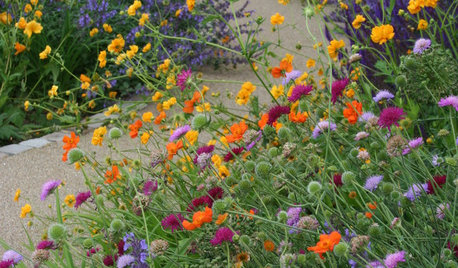
PLANTING IDEAS3 Color Palettes to Help Set Your Garden’s Mood
Select plants in these color combinations to create an outdoor space that’s cheerful, energizing or calming
Full Story
BATHROOM DESIGNNew This Week: 3 Spacious Dream Bathrooms
See how beautiful materials and pamper-me features fill these extra-large bathrooms
Full Story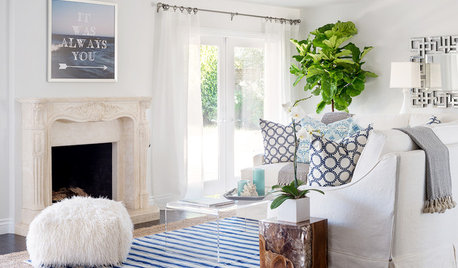
LIVING ROOMSDesign Dose: 3 Living Rooms That Caught Our Eye This Week
We wanted to learn more about these living rooms — bright, bold and rustic — uploaded in the past 7 days
Full Story
LAUNDRY ROOMSNew This Week: 3 Enviable Laundry Rooms
Natural light, beautiful materials and functionality make laundry chores more enjoyable
Full Story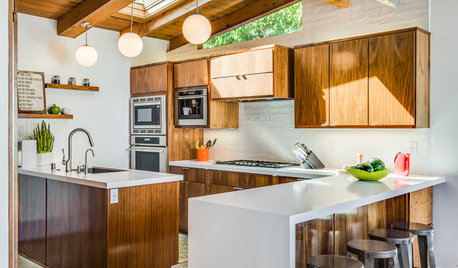
KITCHEN CABINETSNew This Week: 3 Modern Kitchens That Rock Warm Wood Cabinets
Looking for an alternative to bright white? Walnut cabinetry offers the perfect tone to warm things up
Full Story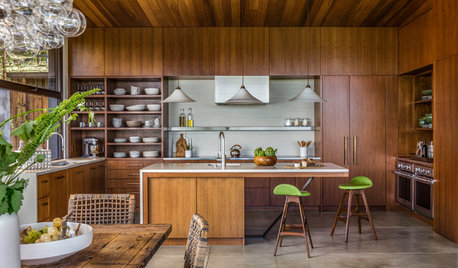
KITCHEN CABINETSNew This Week: 3 Knockout Kitchens With Natural Wood Cabinets
Whether light and breezy or rich and moody, these wood-rich kitchens might make you rethink painted cabinets
Full Story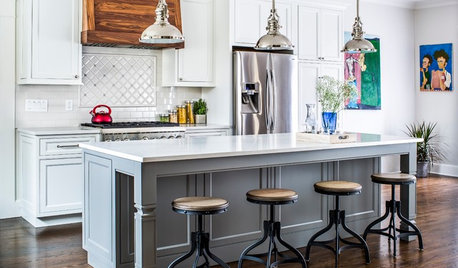
WHITE KITCHENSNew This Week: 3 Ways to Balance a White Kitchen
Consider color, contrast and wood to keep a white space from feeling cold
Full Story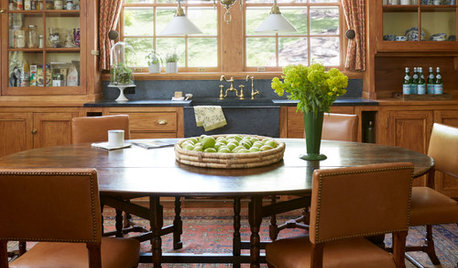
KITCHEN DESIGNNew This Week: 3 Bright, Light Kitchens That Shy Away From White
With the right colors and materials, you can have a bright kitchen without going to the white side
Full Story
DECLUTTERINGDownsizing Help: Choosing What Furniture to Leave Behind
What to take, what to buy, how to make your favorite furniture fit ... get some answers from a homeowner who scaled way down
Full Story


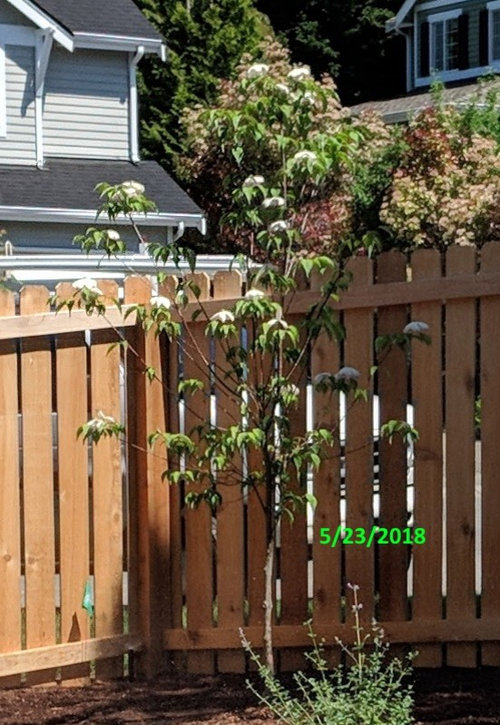
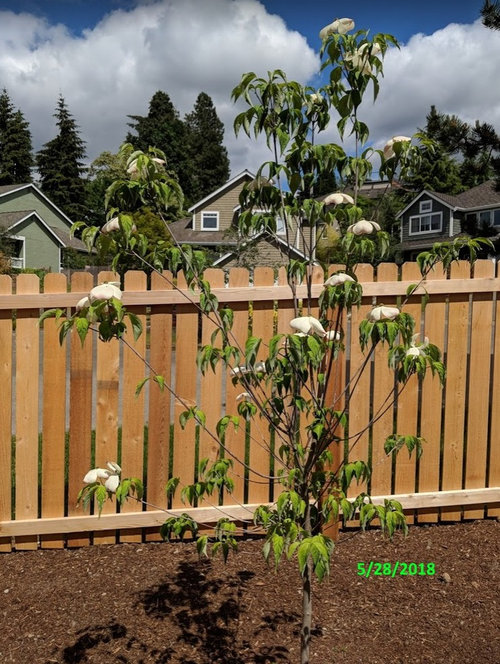
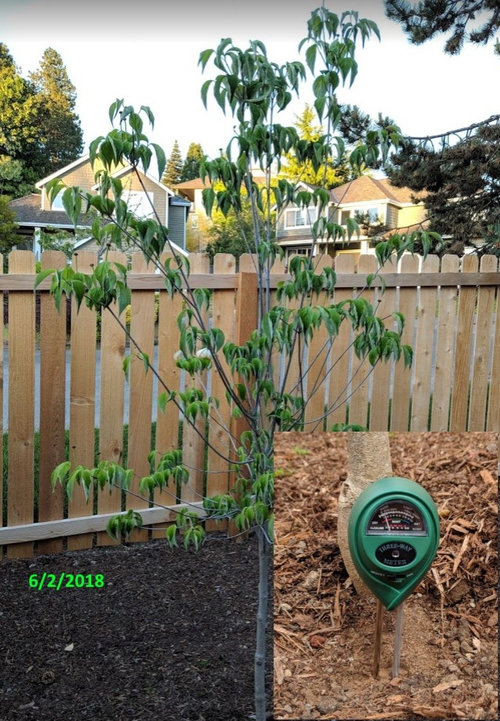

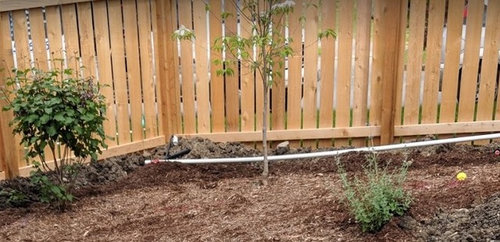
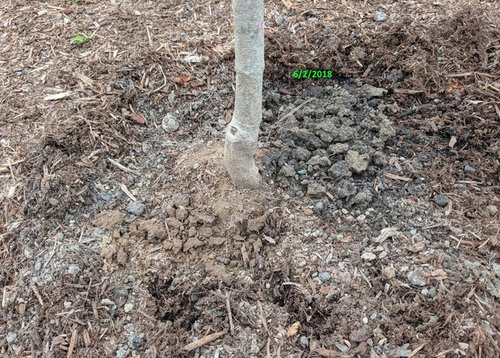
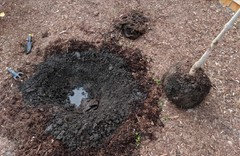
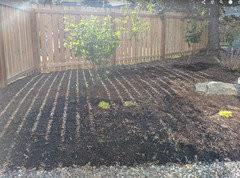
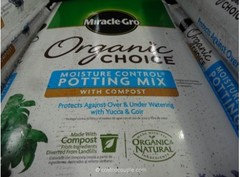
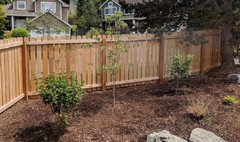
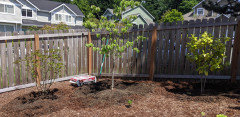
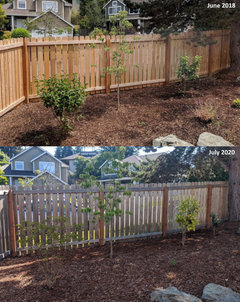

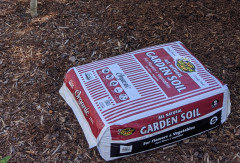
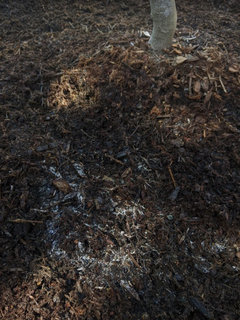
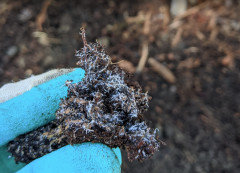
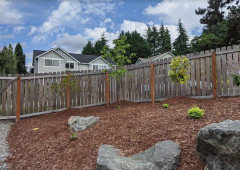
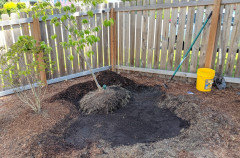

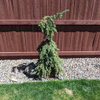

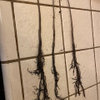
gardengal48 (PNW Z8/9)